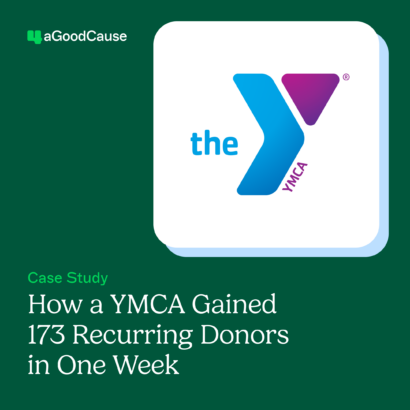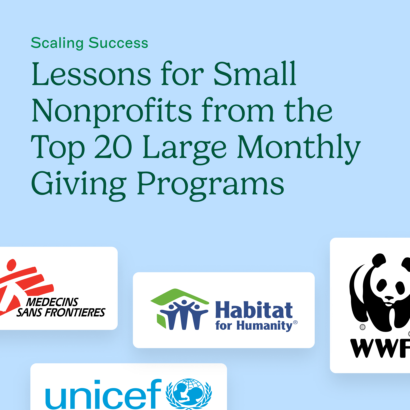Proper etiquette teaches us that thank you notes are essential when receiving a gift. As more donors move to online giving, so should your automated email thank you process. But with all nonprofits setting up email thank you letters, how can you be sure that your donors feel valued and nurtured?
Rather than an email that reads like a form letter, take your donor thank you emails to the next level by concentrating on the following 4 areas.
1. Use words of gratitude
How many ways can you say thank you? When the words ‘thank you’ seem redundant or vague, think about specific examples or feelings that evoke an appreciation for your donors. Words and phrases such as
- I/we are grateful for
- Thank you for taking the time
- You are appreciated
- Your donation means [impact statement]
- Because of your wonderful contribution [example of what happened]
- The best donors look like you
- The work you do is important
- Dedicated donors like you make our job easier
- Thinking of you
- Your thoughtfulness will always be remembered
2. Be creative with your subject lines
Everyone sends thank you emails and the last thing you want is for yours to be missed in a never-ending inbox only for your donors to think you forgot about them. Get creative with your subject lines to prompt donors to open your email to see that thought-out message of thanks.
- We did it! Thank you for being a part of [event/campaign]
- Cheers to you [name]
- In thanks, from [your org name]
- Your gift of [amount] moved our program forward
- Your donation matters. Thank you for taking the time.
- A note of thanks
- See your donation in action
- We hit $x because of you
- Thank you for helping us reach our goal
3. Get mobile
Mobile accounts for up to 78% of email opens so do your due diligence to ensure the content you’re sending out can be read on any size screen, including your donors’ mobile phones. Put the most important parts of your thank you ‘above the scroll’ so that if your recipient does nothing else but open the email, at least he/she sees that important information first. That said, donors are used to scrolling so as long as you engage them in that first part of your email, they’ll stick with you to read the rest of what you have to say.
4. Showcase impact through visuals
Personalized thank you videos. Infographics. Moving text and imagery. Pictures of your donation recipients. Use thank you emails as a way to express gratitude in a way that also engages your readers—through the use of multi-media messaging. Craft the body of your thank you email while keeping visual elements top of mind. Words are great, pictures are better. Pictures are wonderful, video is amazing. You get the idea.
Bonus: Reach out just because
Appreciation emails aren’t just for the moment a donation is received. Show your donors you care about them year-round with ‘just because’ emails. It can be a holiday greeting, a thank you or appreciation message around Thanksgiving or a special email on their birthday. Let your donors know you’re thinking about them year-round and that you appreciate them no matter where they sit in the giving cycle.
Strengthening relationships with heartfelt thank you emails and messages throughout the year shows donors you care. It is one of the many, yet simple ways, to create an effective donor retention process. It’s a step that most nonprofits take—to stand out from the rest, think about how your thank you email process can be different. What tips can you implement today to show donors how much you appreciate them?



